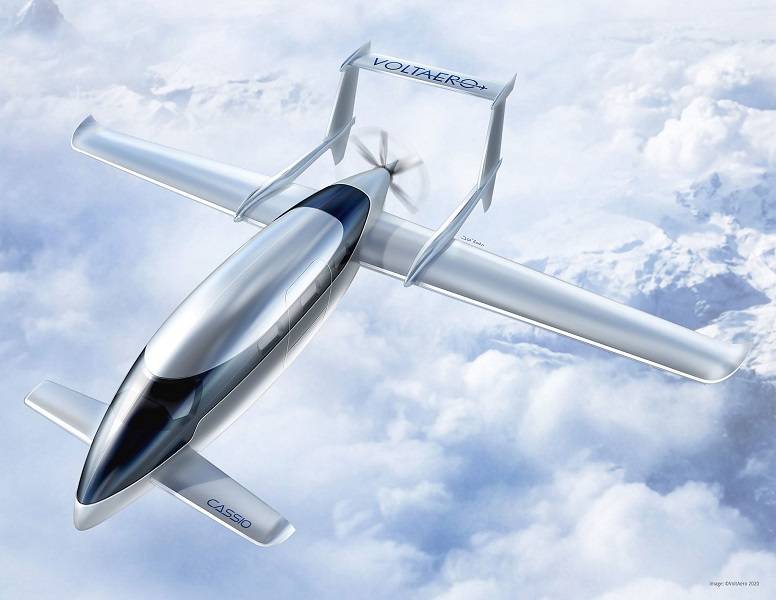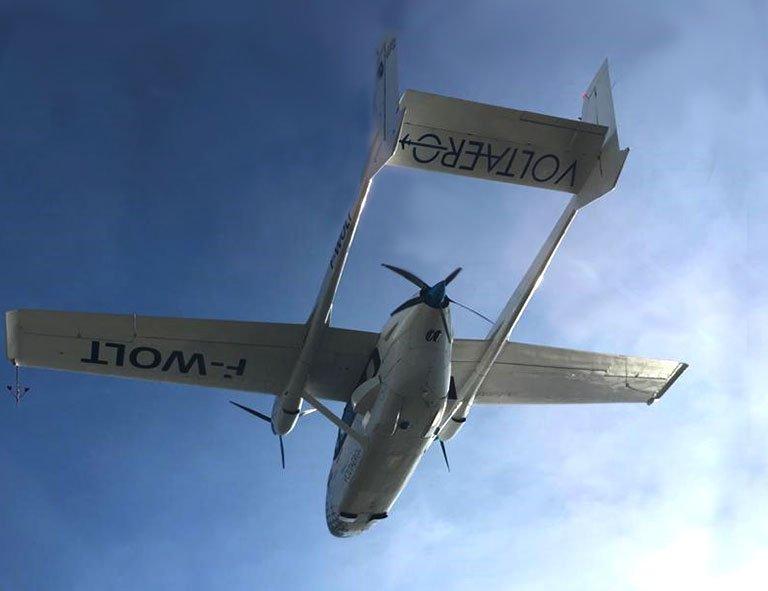While all-electric aircraft have already taken to the skies, the VoltAero Cassio promises to offer a more versatile, longer range alternative. The company’s development aircraft continues to fly in updated configurations, mimicking the production model ever more closely.
Electric aviation has many fans. The usual reasons to do with environmental impact, reducing operating costs and avoiding dependence on fossil fuel imports, are common knowledge. But we often forget a couple more: reduced noise and reliability of electric motors.
VoltAero aims its Cassio aircraft at private owners and small commercial operators, often flying from airfields in residential areas. Constant complaints about noise in many of them are common. For operators, limitations posed for specific times of day and night are a factor. The idea of an aircraft operating on electric power only, is quite attractive.

The production VoltAero Cassio uses what the company calls a hybrid-electric power module. This is an internal combustion engine and three electric motors in a triangular arrangement, and a gearbox connecting them to a single propeller in a pusher configuration. The combustion engine in the current prototype is a Nissan V6 engine, producing 230 hp. The three electric motors produce 80 hp each. The maker of these motors is Safran, who, along with GE, make the well-known CFM56 engines used in the Boeing 737 and Airbus A320 families of aircraft.
The design allows operation with either the internal combustion engine, or the electric motors, or both. In the production aircraft, the internal combustion engine (that VoltAero calls the thermal engine) will give its place to a more powerful new multi-fuel engine. The idea is that the aircraft will fly electric-only for short distances (up to 200km/120m), using the thermal engine to extend its range for longer trips.
VoltAero Cassio’s Pilot Requirements
The above obviously makes for a setup with reasonable levels of safety, but it comes with an interesting twist. The VoltAero aims to certify the Cassio as a single-engine aircraft. That will allow operations by more pilots, while offering redundant power supplies and fuel sources.
At the moment, the company is using a modified Cessna 337 Skymaster as the test bed for its power setup and related systems. At first, the aircraft flew with both its normal engines and two electric motors on the wings. Then the rear engine gave way to the Nissan test engine. After more testing, the front engine gave its place to batteries, in an aerodynamic fairing. And finally, in October this year the aircraft flew successfully with the full hybrid-electric power module in the rear.

VoltAero ended the month of October by announcing that it partnered with the Sonaca Group in Belgium, so as to engineer and ‘productionize’ the Cassio, making it ready for production. The company’s goal is to have an aircraft certified and in production by 2023.
Some believe that battery technology will soon make all-electric aviation of this size a reality. But the VoltAero Cassio’s promised 1200km/648nm maximum range, is far from what all-electric concepts can boast. It remains to see how it does, when all the ingredients are in place.



